We used to think that coconut milk was bad for us – because of the saturated fat it contained. But now the experts think that type of saturated fat isn’t the same as from animal fat. Good thing, since this soup is so delicious and contains not one, but two cans of coconut milk.
So, first, just to catch you up. I’ve been on jury duty for about 3 weeks (as I write this). And the trial isn’t over yet. Maybe I’ll talk about it eventually. It’s absolutely gruesome. It’s not a murder trial but about child abuse. Erroneously, I thought that once you got to be my age, you didn’t have to serve on jury duty anymore. Not so in my county. There were 60 of us assigned to a courtroom and over the course of 1 1/2 days they finally got a jury selected, me included as Alternate #3. Lots of potential jurors didn’t want to be a juror for this trial. The judge warned us it was going to assault our senses when we’d see photos. Some people likely lied about their inability to view child abuse. Some jurors were released; others weren’t. When I was called to the jury box (I was potential juror #55) and questioned, I knew all the arguments the judge had heard. I’d resigned myself that this must be what God had in mind, that I needed to serve. So when the judge asked me if I could be fair and impartial, I said yes. Did I want to be there? Absolutely not. But I wouldn’t lie. That’s not in my nature anyway.
Consequently, my life has kind of been on hold. And let me tell you, coming home in the evenings I was just a “basket case” of sadness (for the children involved), anger (at the defendant and that the abuse had gone on for so long, undetected). I have cried in the courtroom several times; so did some of the other jurors. The judge had forewarned us that he expected some of us to shed tears. At home, I found myself unable to concentrate. Unable to do normal tasks. Most evenings I watch mindless TV just to reset my brain. Each weekend I went through the motions of doing tasks I knew I needed to do (grocery shopping and errands), but my heart wasn’t in it. By Sundays I’ve been mostly back to normal. And then it starts all over on Monday mornings.
Cooking has not played center stage for me in these past weeks, except for making a couple of soups that I could take to court (and reheat in the microwave in the large jury pool room on the lunch hour). One was fabulous (this one) the other one not so much (won’t be posting it).
The Soup: the original recipe came from the internet, but I altered it some, making it my own. It had rice; I eliminated the rice – but you can add it if you’d like to. Surely you know me by now, I like to eliminate carbs when possible. This has sweet potato in it, but that veg is a resistant starch that gets mostly eliminated through your gut and intestines and not absorbed as a carbohydrate. I added zucchini (just because I love zucchini) and I added bok choy too. It called for spinach, but I added a lot more.
The meatballs were very easy to make – with ground chicken, shallots, fresh ginger, a bit of soy sauce. They were lightly browned on a couple of sides in EVOO, then removed. Then you begin assembling the soup part – more shallot, some onion, garlic, curry paste, curry powder, chicken broth, bok choy, zucchini and the sweet potatoes. Once the veggies are tender add in the coconut milk and spinach. The meatballs are added back in and simmered for a few minutes. Done.
What’s GOOD: loved the umami flavors in this – probably the coconut milk, the ginger, garlic, even the sweet potato! SO flavorful. I’m so glad I have many more portions of this soup to enjoy in the next week or so. Whether it’s taking it to the jury room, or having here at home once this trial is over. Altogether wonderful soup. If you’re pressed for time, don’t make the meatballs, just add all the flavors into the soup and you’ll be happy with the results.
What’s NOT: maybe the sticky meatball-making, but that’s about it. It’s a very simple soup to make.
printer-friendly PDF and MasterCook file (click link to open recipe)
* Exported from MasterCook *
Chicken Meatball Soup with Coconut Milk, Bok Choy and Zucchini
Recipe: based on an internet recipe, but altered a bit
Servings: 6
MEATBALLS:
1 pound ground chicken
1 small shallot — chopped
1 tablespoon fresh ginger — minced
2 teaspoons soy sauce — reduced sodium
black pepper + kosher salt, to taste
1 teaspoon EVOO — for your hands, to make the meatballs easier to roll
SOUP:
2 tablespoons EVOO
1 shallot — minced
4 cloves garlic — chopped
1 whole yellow onion — chopped
2 cups bok choy — chopped, or use half the amount of celery, finely diced
2 tablespoons red curry paste
1 tablespoon curry powder
3 cups low sodium chicken broth
1 cup sweet potato — peeled, cubed
28 ounces coconut milk — use full fat
4 cups zucchini — chopped
5 cups baby spinach — chopped
1/3 cup cilantro — chopped
toasted chili sesame oil and/or chopped cilantro garnish
1. In a bowl, combine the chicken, one of the shallots, the ginger, soy sauce, a pinch of pepper, Coat your hands with a bit of oil, and roll the meat into small balls, to make about 20-24. .2. Heat the olive oil over medium heat in a large pan. Add the meatballs and sear until crisp, about 4-5 minutes, turning them 2-3 times. Transfer to a bowl or plate.
3. To the same pot, add the curry paste, shallot, ginger, onion and the garlic. Cook until fragrant, about 2 minutes. Stir in the chicken broth, bok choy, zucchini and sweet potatoes. Cover and cook over medium heat until the vegetables are tender, about 10 minutes.
4. Add the coconut milk and spinach. Simmer, uncovered another 5-10 minutes, until thickened slightly. Slide the meatballs back into the soup. Stir in the cilantro. Season with salt.
5. Divide the soup into bowls, with 3-4 meatballs per serving. If desired, drizzle with chili oil and sprinkle with additional cilantro on top. Serve with Naan on the side.
Per Serving: 592 Calories; 44g Fat (64.1% calories from fat); 27g Protein; 29g Carbohydrate; 11g Dietary Fiber; 65mg Cholesterol; 391mg Sodium; 11g Total Sugars; 0mcg Vitamin D; 288mg Calcium; 11mg Iron; 1465mg Potassium; 400mg Phosphorus.



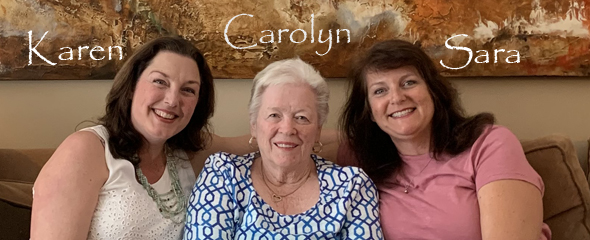
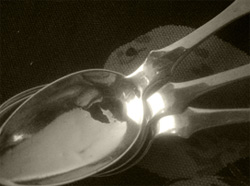
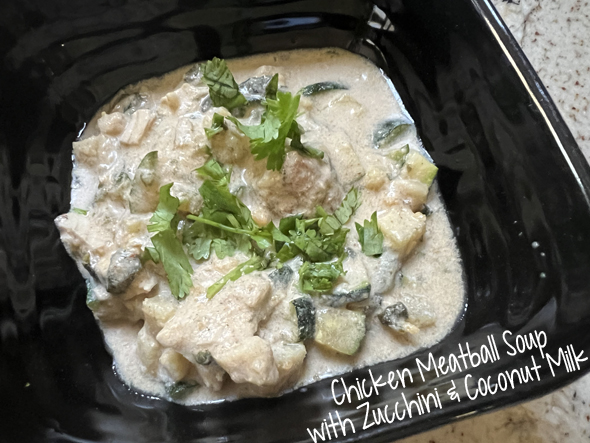

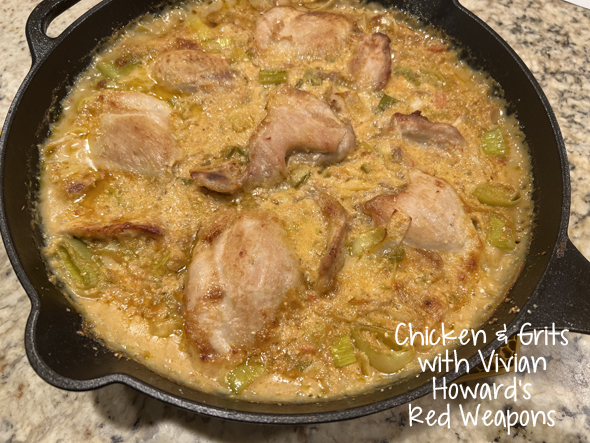
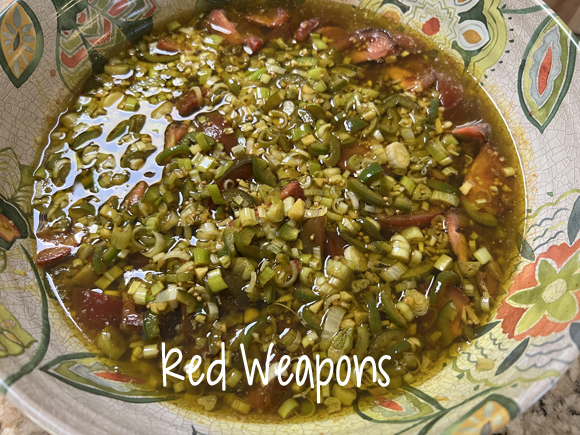
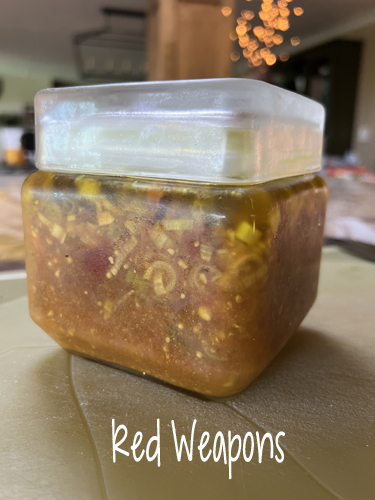
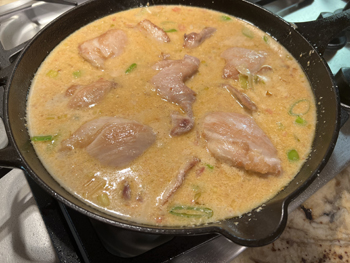
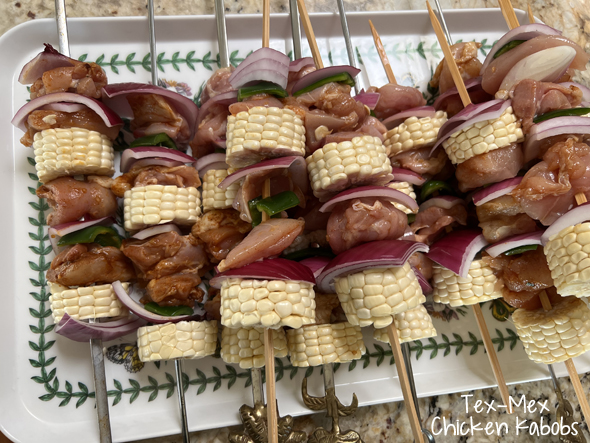
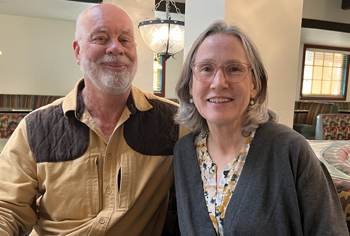
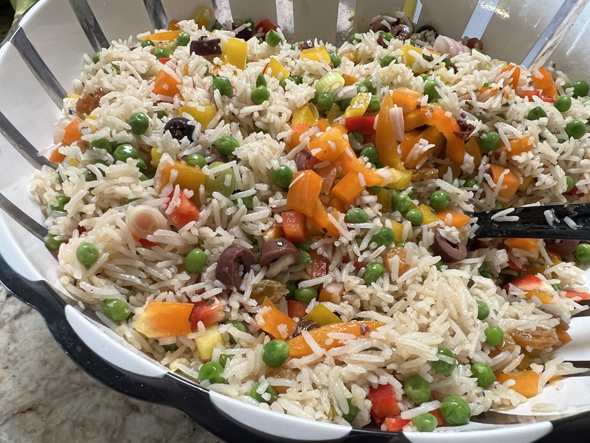
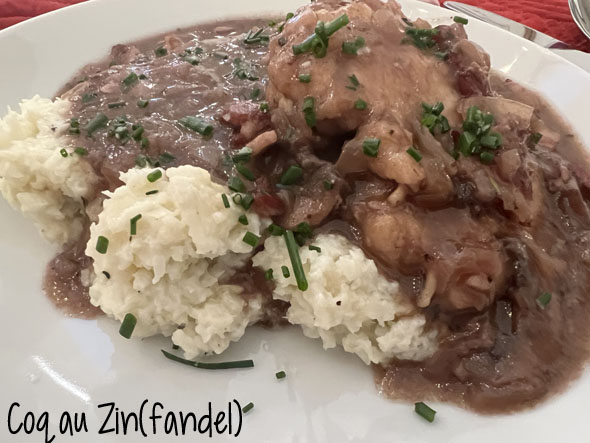
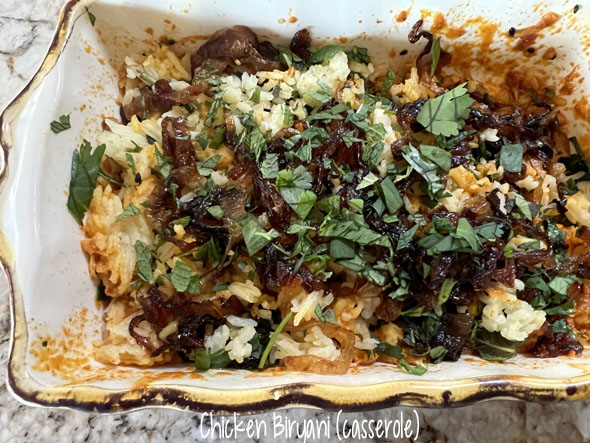
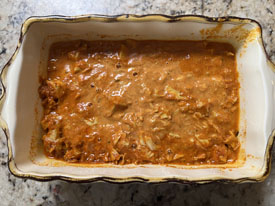
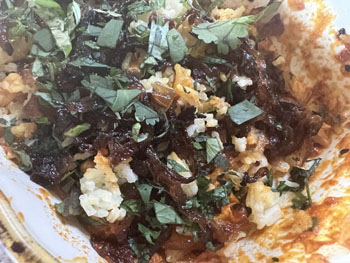
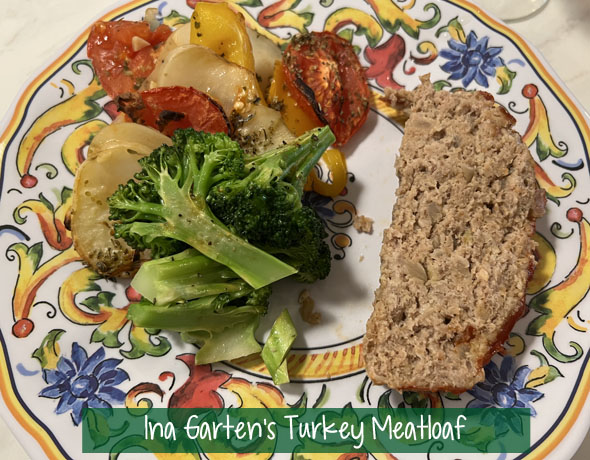
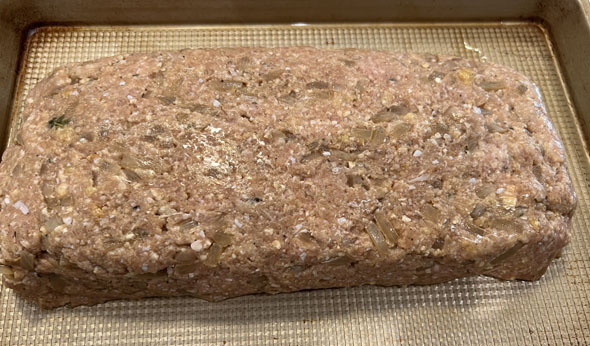
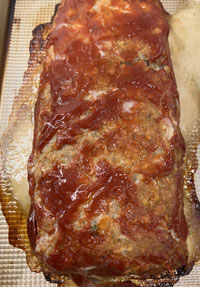
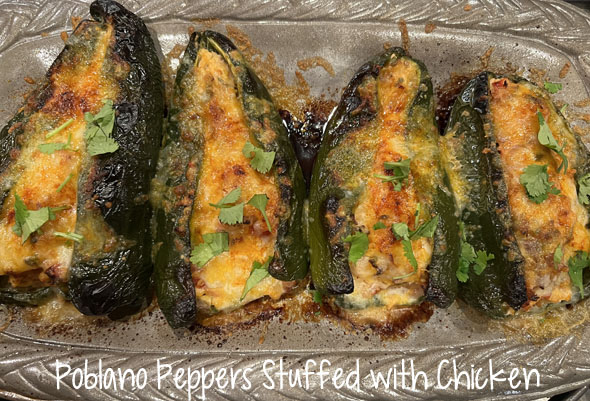
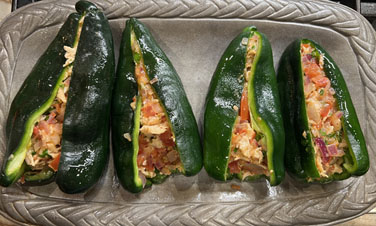

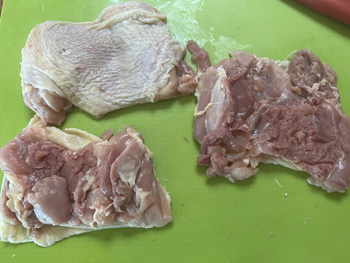
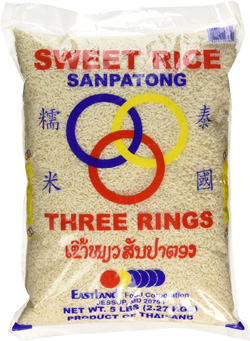

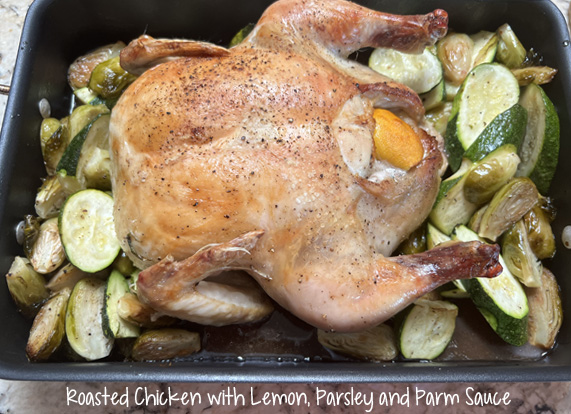
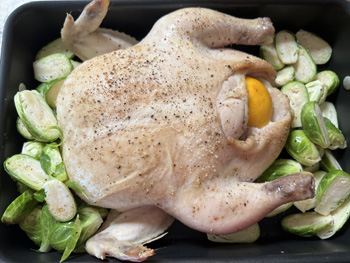

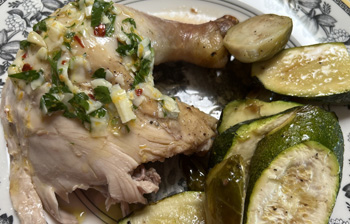
Leave a Comment!